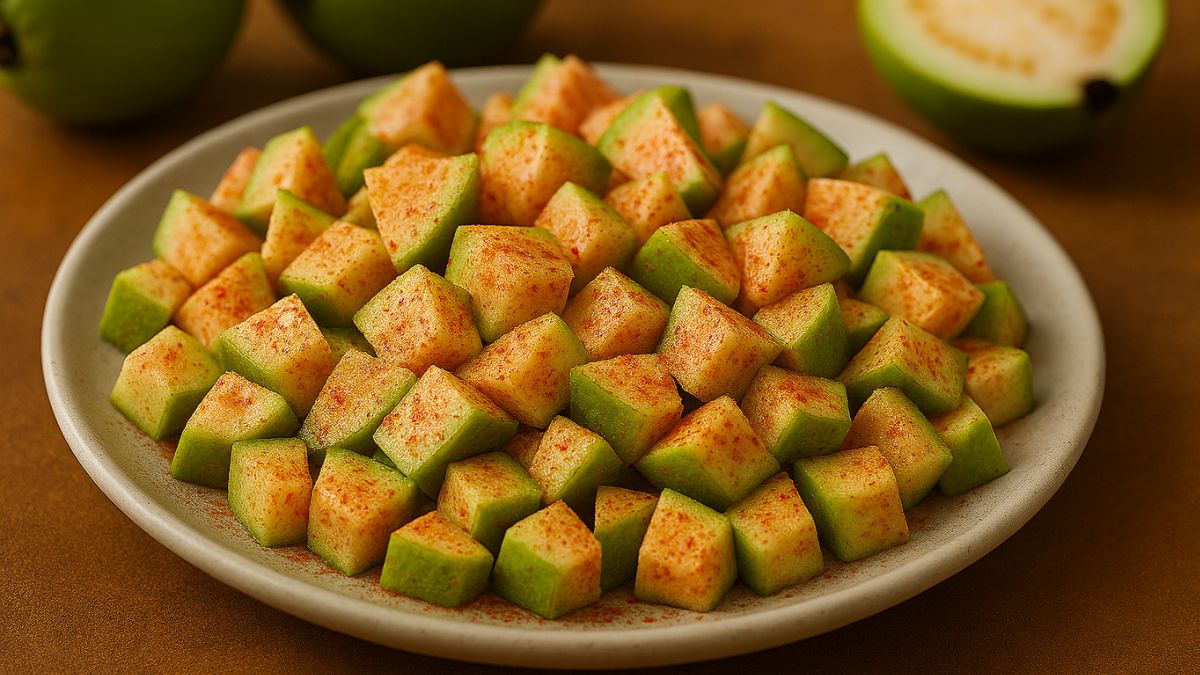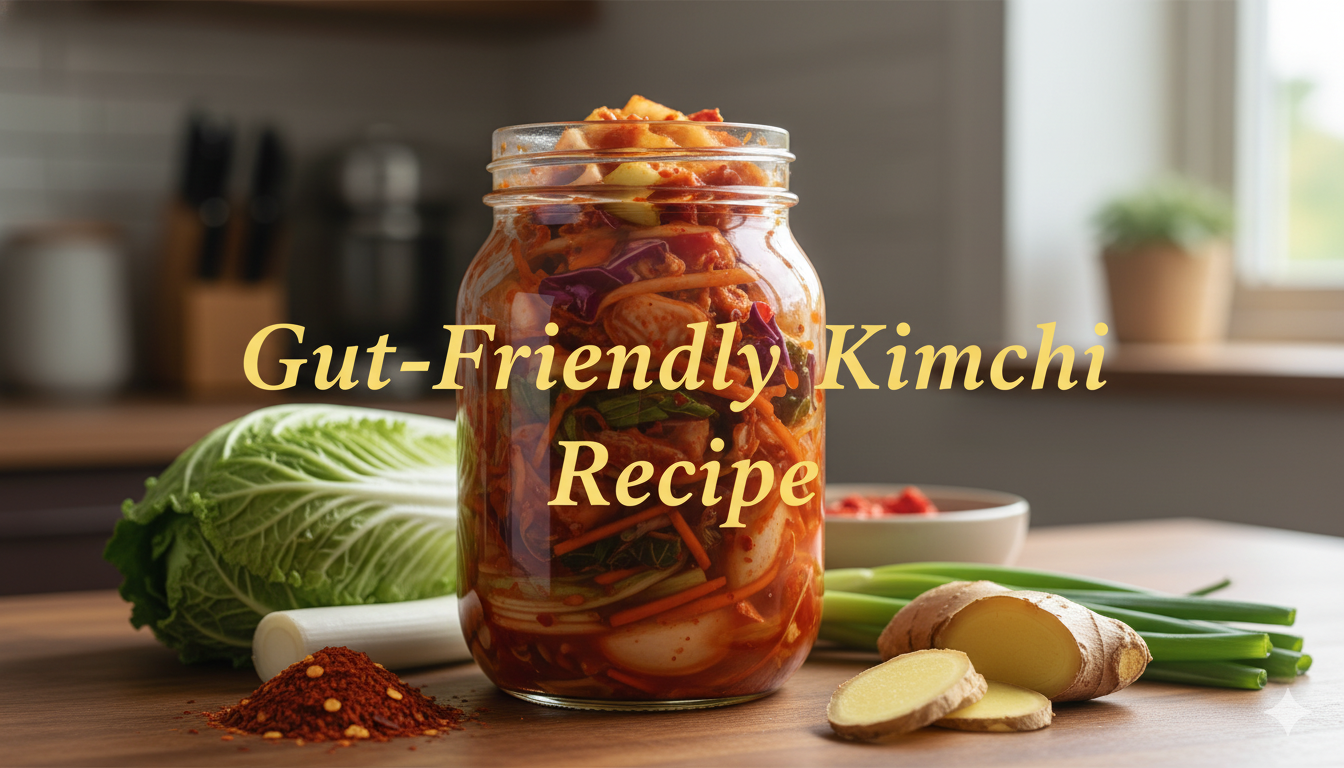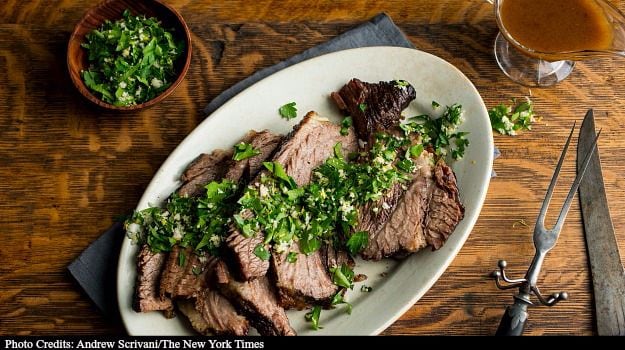Osso buco is one of Italy’s most celebrated dishes. But the soft, wine-braised veal shanks wouldn’t be nearly as sublime without those vivid flecks of piquant, herbal gremolata on top. The gremolata, a jumble of parsley, garlic and lemon zest, adds its own bright notes and functions as a contrast to the dark sauce, relieving its heady intensity.
A little gremolata can do the same thing to a humble platter of pot roasted brisket, too.
Really, all braised meats benefit from a fresh garnish of something acidic and zesty, be it as simple as a drizzle of lemon juice or vinegar and handful of parsley. Gremolata is just a slightly more sophisticated variation on the theme, albeit with a garlicky bite.
Inspired by Passover, this version of gremolata is a little different. Instead of garlic, I use freshly grated horseradish. A bit of horseradish is traditional on a Seder plate and features in the ceremonial aspects of the meal itself (piled on matzo, with and without the haroseth). And, as Austrians have long known, a sprinkle of freshly grated horseradish root is an excellent way to perk up a plateful of boiled beef.
You do need fresh horseradish root to make this gremolata work, though; the prepared stuff in the jar is too wet. Its moisture content would make the condiment clump together instead of falling like flavorful snowflakes over the surface of the meat.
Take care when peeling and grating the pungent root. The fumes can make your eyes sting and your nose run. I turn my head away or wear glasses. To get the right texture, use the medium grating disc on your food processor or the larger holes on a cheese grater. And try to grate the root within a couple of hours of serving. Its punch dissipates as it sits. (If you must grate it ahead, cover it tightly with plastic wrap and store it in the refrigerator.)
You can use the gremolata on top of any brisket recipe. This one is fairly classic, with red wine and aromatic vegetables to melt into the sauce. And as always with brisket, the fattier second cut (also called the deckle cut) will give you richer, more tender meat than the leaner first cut. Or try this gremolata variation the next time you make osso buco - which, if you’re not thinking brisket, does nicely at a Seder, too.
Brisket with Horseradish Gremolata
Time: 4 hours, plus marinating
Yield: 8 to 12 servings
1 (4- to 5-pound) brisket, preferably second cut
1 tablespoon kosher salt
1 1/2 teaspoons black pepper
4 garlic cloves, chopped
6 sprigs fresh thyme
2 tablespoons extra-virgin olive oil
2 large onions, thinly sliced
2 large carrots, sliced into thin rounds
2 large celery stalks, diced
1 1/2 cups dry red wine
2 whole bay leaves
1 1/2 cups parsley, coarsely chopped
Grated zest of 1 small lemon
3 tablespoons fresh, coarsely grated horseradish
Flaky sea salt, for serving
1. Season brisket all over with salt and pepper. Place it in a large container and spread garlic and thyme sprigs all over top and bottom of meat. Cover and refrigerate overnight or at least 4 hours. Let meat stand at room temperature for 30 minutes before cooking. Wipe off the garlic and thyme. Heat oven to 325 degrees.
2. Heat a very large Dutch oven over high heat. Add oil and let heat. Add brisket and sear, without moving, until golden brown, about 4 to 5 minutes per side. (Cut meat into 2 chunks and sear in batches if it doesn’t fit in the pot in a single layer.) Transfer to a plate.
3. Add onions, carrots and celery to pot and reduce heat to medium-high. Cook vegetables, tossing occasionally, until onions are golden brown around the edges and very tender, about 15 minutes. Pour in wine and scrape up any browned bits from the bottom of the pot. Stir in bay leaves and bring liquid to a simmer; let simmer for 5 minutes to reduce slightly.
4. Place meat in pot, then cover pot and transfer to oven. Cook, turning every 30 minutes, until meat is completely fork tender, 3 to 4 hours. After 2 1/2 hours, uncover pot so some of the liquid can evaporate and the sauce can thicken. If the brisket starts to get too brown and the sauce too reduced before the meat is tender, cover pot again.
5. Spoon fat from the top before serving. (If you have time, let brisket cool completely first, then refrigerate overnight in the pot; this makes it easier to remove the white fat from the top. Reheat the meat, covered, in a 350-degree oven for 30 to 45 minutes.) If sauce seems thin, remove meat from pot and bring liquid to a simmer. Let cook until reduced to taste.
6. In a bowl, toss together parsley, lemon zest and horseradish to make gremolata. Slice meat against the grain and serve with the sauce, garnished with gremolata and sea salt.
© 2015 New York Times News Service










